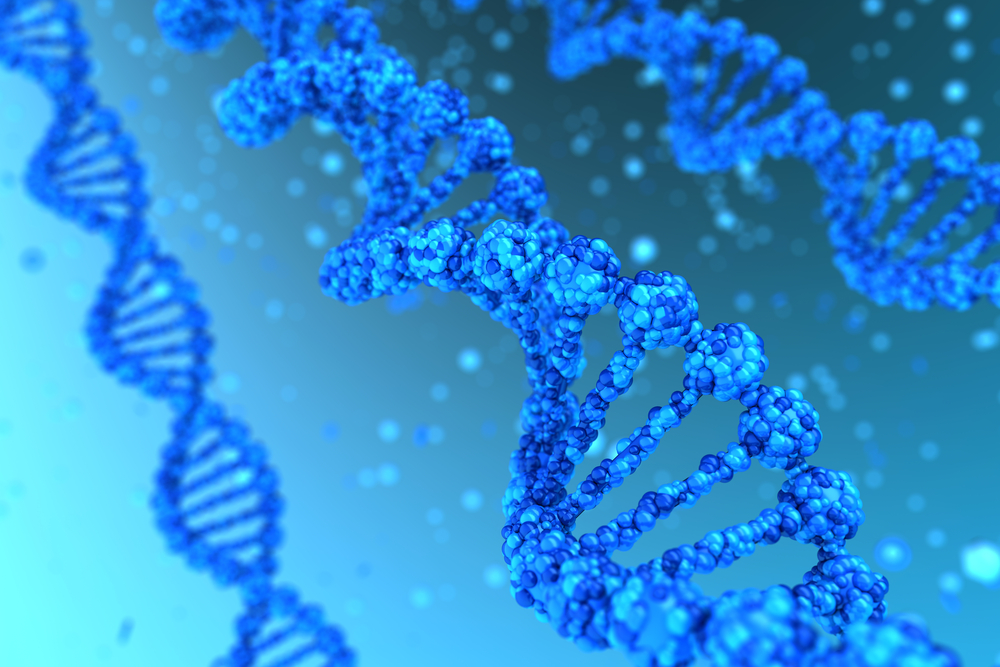Researchers Identify New Gene Associated with Parkinson’s Disease, Dementia

Mutations in the LRP10 gene are associated with the development of neurodegenerative diseases with Lewy bodies formation, such as Parkinson’s disease, Parkinson’s dementia and dementia with Lewy bodies, according to a recent study.
The study, “LRP10 genetic variants in familial Parkinson’s disease and dementia with Lewy bodies: a genome-wide linkage and sequencing study,” was published in The Lancet Neurology.
Abnormal deposits of the protein alpha-synuclein in the brain results in the formation of Lewy bodies and, eventually, nerve cell death. Lewy body formation affects chemicals in the brain whose changes can lead to Parkinson’s disease, Parkinson’s dementia, and dementia with Lewy bodies.
Mutations in specific genes — namely SNCA and LRRK2 — have been linked with inherited forms of these diseases. However, most patients do not have mutations in these genes. This suggests that additional genes may be responsible for Lewy bodies formation in these neurodegenerative disorders.
Several international researchers in collaboration with the International Parkinsonism Genetics Network analyzed patients’ data from clinical centers in Netherlands, Italy, Taiwan, Portugal, Brazil, the U.K., and Sweden.
By analyzing the genome (the total genetic material of an organism) of 10 relatives from an Italian family with a history of familial Parkinson’s disease and no mutations in known disease-causative genes, LRP10 was revealed as a potential culprit associated with the disease.
This gene was analyzed in 660 unrelated individuals diagnosed with Parkinson’s disease, Parkinson’s disease dementia or dementia with Lewy bodies from centers in those seven countries, and in 645 individuals with no indication of neurodegenerative diseases as a control group.
This analysis identified eight additional LRP10 mutations (in eight distinct patients) that potentially could be associated with these diseases.
When studying brain samples (autopsy-derived) from three patients with different LRP10 mutations, the researchers observed an elevated presence of Lewy bodies, strengthening the link between LRP10 mutations and the generation of these detrimental structures.
Three of the eight mutations severely impaired the production of the LRP10 protein, four affected protein stability, and two affected protein localization, suggesting that impaired LRP10 function may be a common mechanism behind the development of these diseases.
The LRP10 gene gives origin to the low-density lipoprotein receptor-related protein 10 (LRP10), which is involved in the cellular uptake of fat molecules.
LRP10 was found to localize in vesicle-like structures associated with proteins already known to be involved with alpha-synuclein accumulation and Parkinson’s disease, again stressing its involvement in Lewy body-associated diseases.
“Our work shows that LRP10 variants are implicated in Parkinson’s disease, Parkinson’s disease dementia, and dementia with Lewy bodies, and are associated with a severe burden of Lewy pathology [disease] in the brain,” researchers wrote.
Additional studies on the LRP10 protein function and its interaction with other proteins may potentially point to new biomarkers and therapeutic targets of these neurodegenerative diseases.






